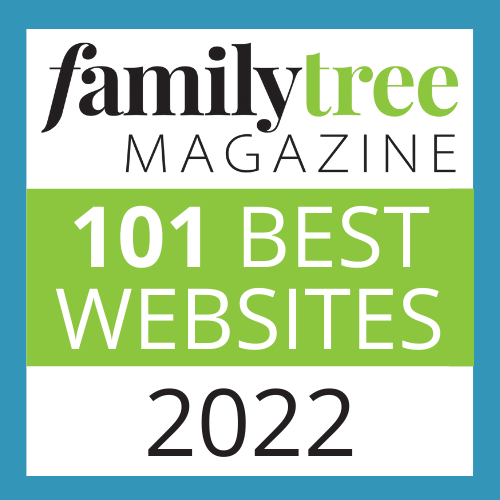We want you to maintain access to your subscription; Please send us an email and we’ll send you instructions for the best move you’ll ever make.
This is the platform we have been searching for.
Genealogical.com
Finally, the on-line, fully searchable library of the best titles from Genealogical Publishing Company, the leading publisher of genealogical reference books and source material since 1952.
Here’s what you’ll be getting…
More Content: In addition to the books you’ve been working with, we’ve added:
- PDF eBooks we could not put on the old site;
- New titles that we just converted;
- An expanded and updated At a Glance series – the very best quick reference guides
New Tools giving you More Ways to Find what you are looking for:
- Global searching of all our eBooks – what a time saver!
- Searchable Book marks, Citations, and Notes – that you can always find!
- Work online or remotely – and they stay in sync!
If you liked our old site, you’ll be overjoyed with the new one.
Be sure to send us an email to confirm your email address and we will send you a code and instructions.





